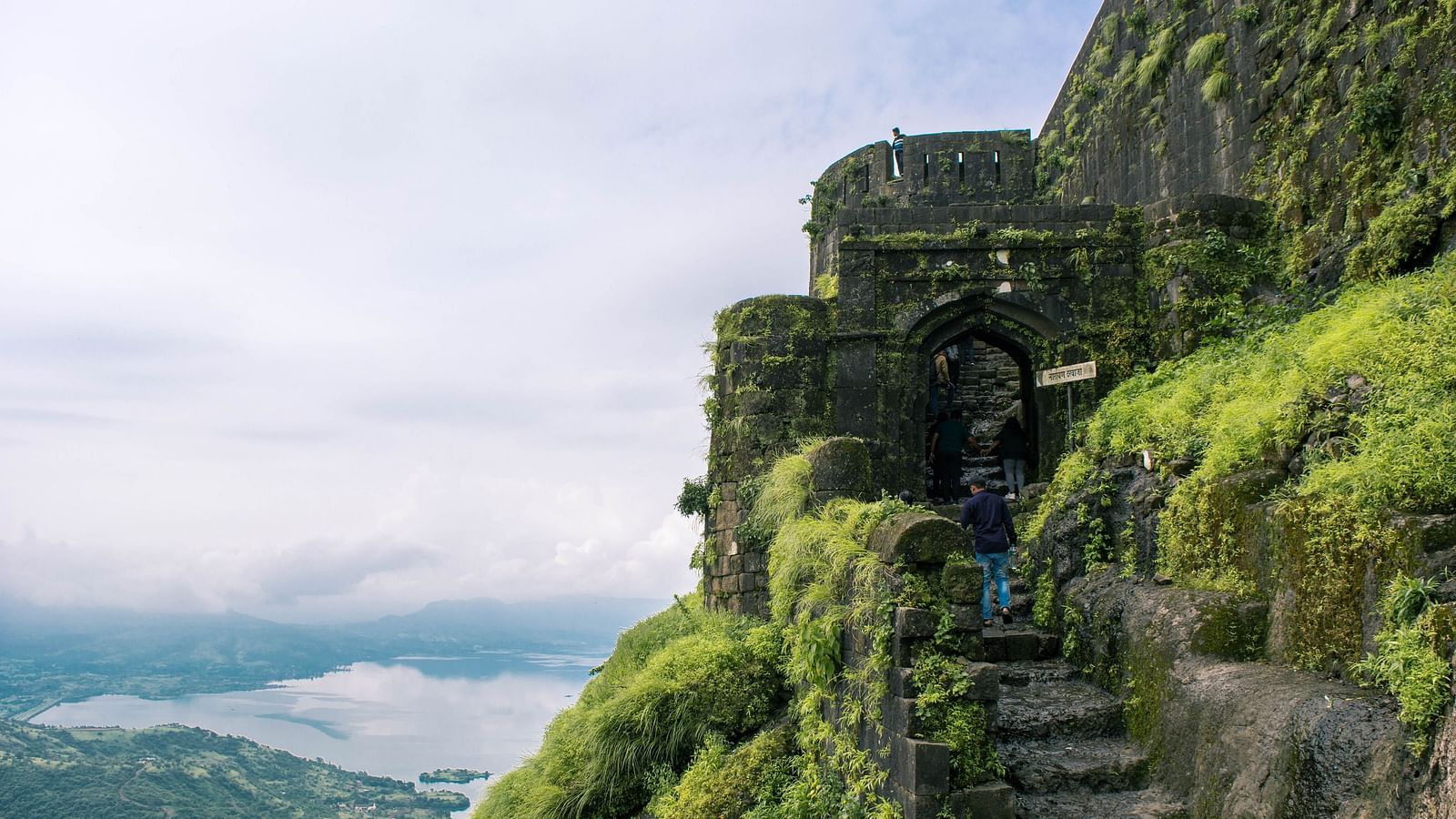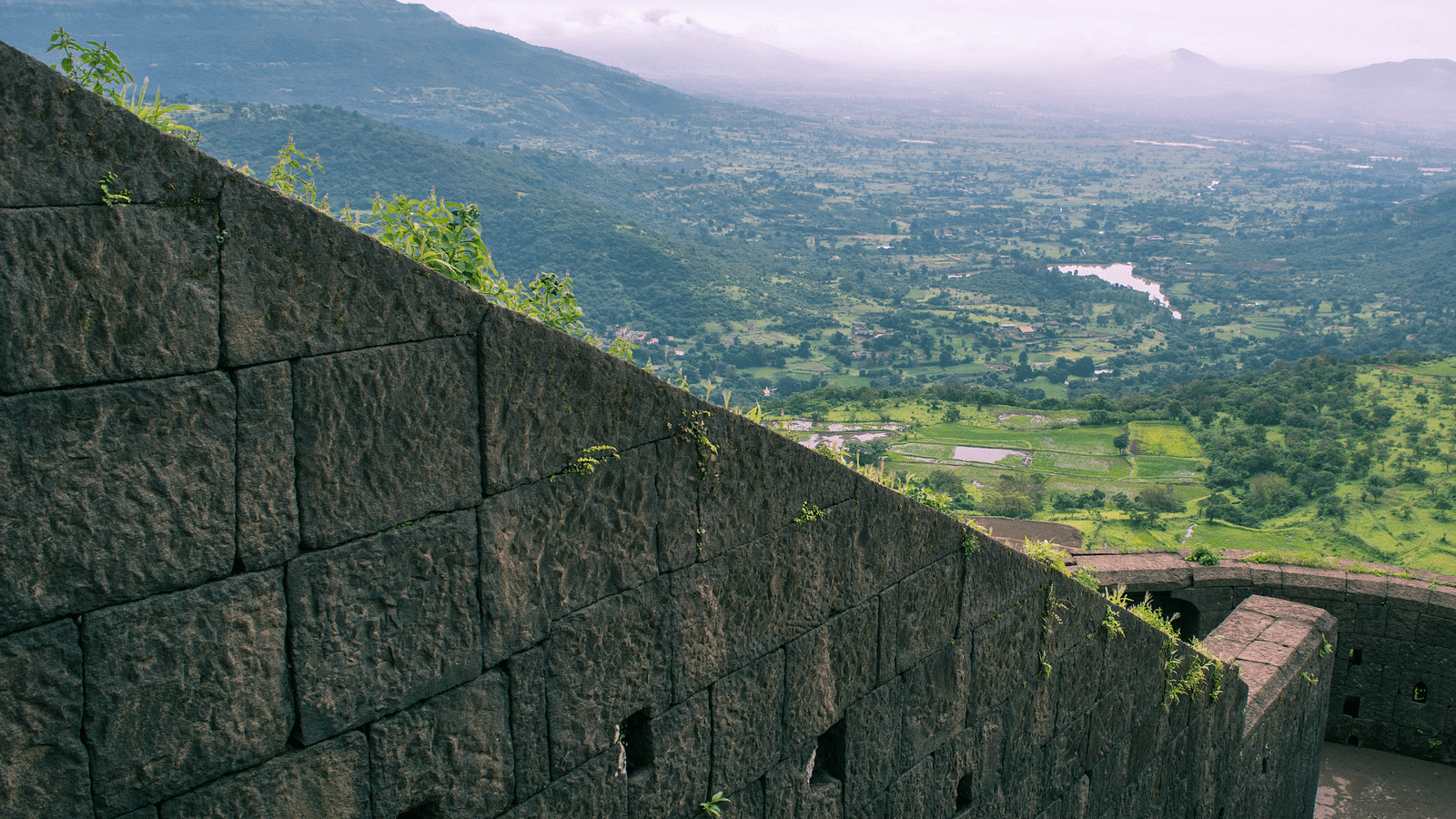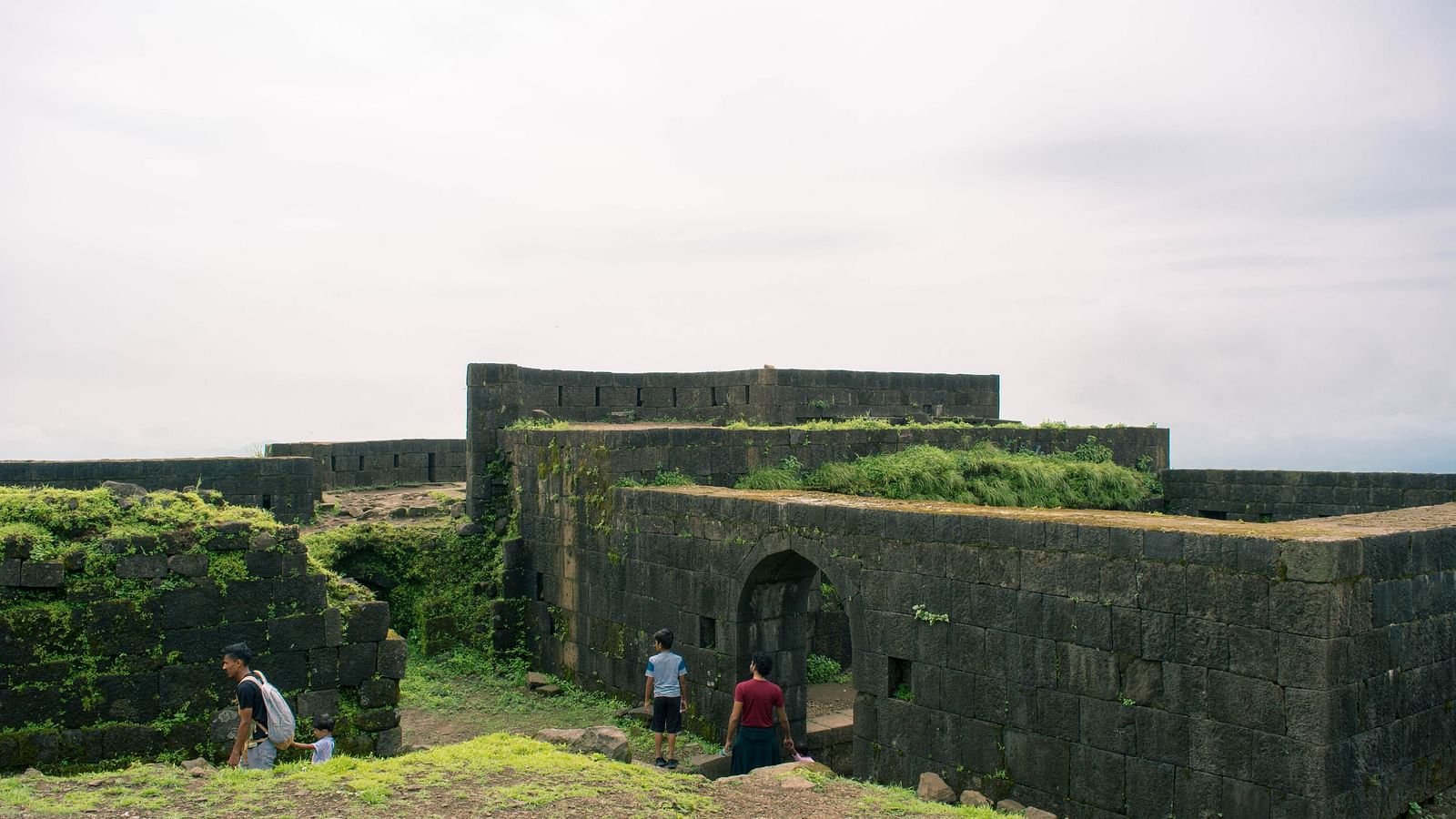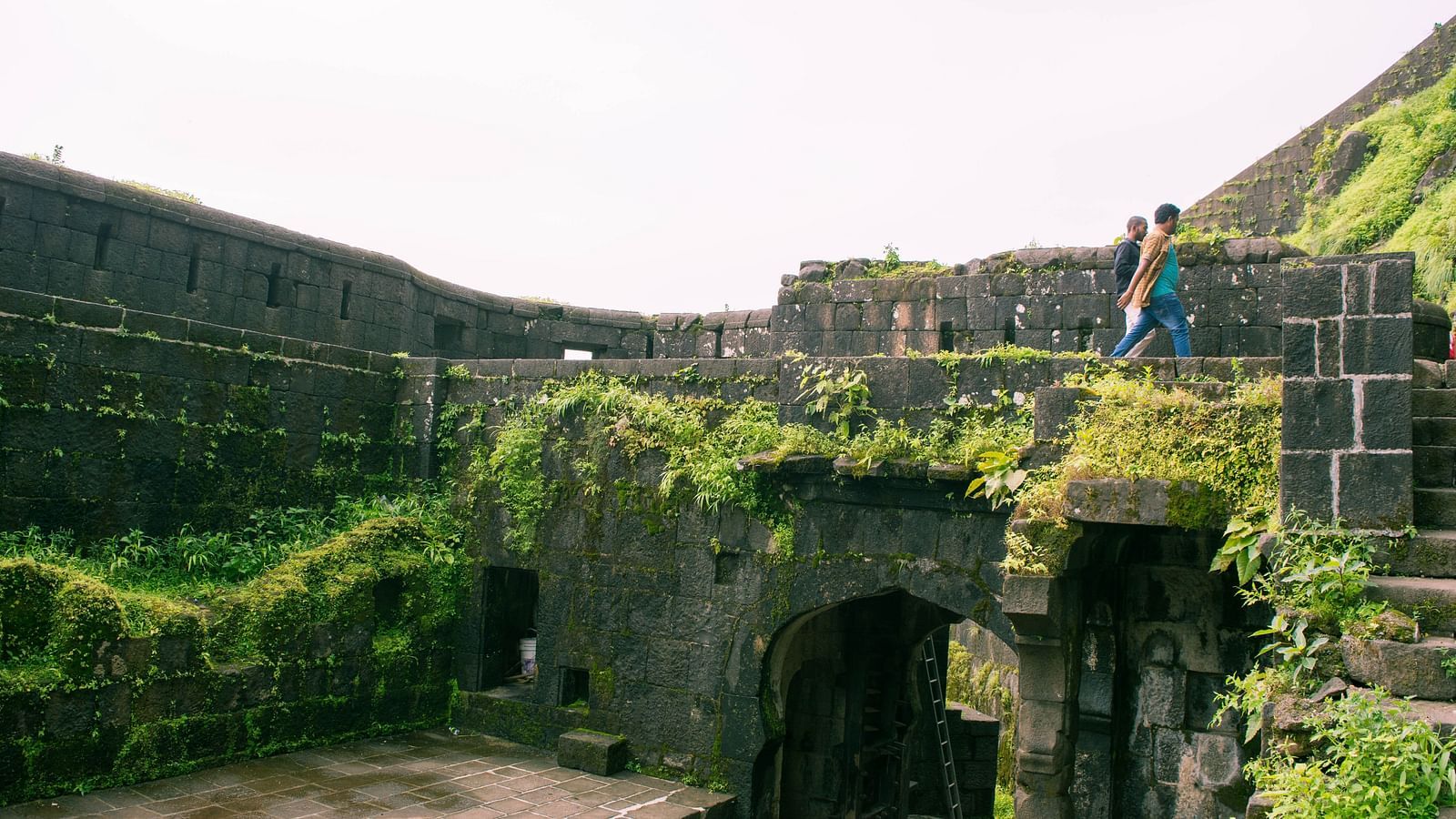Home > Rhythm Lonavala: An All-Suite Resort > Blogs > History of Lohagad Lonavala
- Things to Do in Lonavala
- Lonavala Itinerary for 3 Days
- Resort Near Karla Caves
- Lonavala Trip with Family
- Staycation in Lonavala for Couples
- Hidden Places in Lonavala
- Lonovala Resorts for Couples
- Best Time to Visit Lonavala
- Weekend Getaways Near Pune for Family
- Summer Vacation Near Pune
- Summer Vacation near Mumbai
- Adventure Sports in Lonavala
- Famous Restaurant in Lonavala
- Places near Navi Mumbai for Weekend
- Attractions in Lonavala
- Anniversary Celebration in Lonavala
- Best Sunset Point in Lonavala
- Lonavala Road Trip
- Weekend Getaways Near Pune for Couples
- Weekend Getaways Near Mumbai For Family
- Tungarli Lake, Lonavala
- Romantic Lonavala
- Shree Narayani Dham Temple, Lonavala
- Lonavala vs. Mahabaleshwar
- Valvan Lake: Camping and Luxury at Rhythm Lonavala
- Unveiling the Ancient Karla Caves: A Glimpse into History
- Rhythm, A Romantic Resort in Lonavala
- Viewpoints in Lonavala
- Solo Trip Near Mumbai
- Rajmachi Fireflies Festival
- Explore the Beautiful Sahyadri Ranges
- History of Lohagad Lonavala
- Treks Near Pune
- Celebrating Holi in Lonavala
- Weekend Destinations near Mumbai
- How to Reach Lonavala
- What is Lonavala Famous for?
- A Trip to Khandala Ghat View Points
- Thrilling Hot Air Balloon Safari in Lonavala
- Visit the Famous Temples in Lonavala
- Magical Pre Wedding Shoot Locations in Lonavala
- The Ultimate Destination Wedding Guide
- Celebrating Occasions in Lonavala
- A Visit To Tiger Point Lonavala
- Places to Explore in Lonavala in Monsoon
- Your Solace in Summer: Places to Visit in Lonavala During Summer
- Lonavala in Winter
- Lonavala Picnic Spots
- Waterfalls in Lonavala
- Treks in Lonavala
- Camping in Lonavala
- Lonavala: City of Caves
- Staycation In Lonavala
- Shopping in Lonavala
- Monsoon in Lonavala
- Weekend Getaway in Lonavala - The Perfect Escapade

History of Lohagad Fort Lonavala
Lonavala is a lovely hill station, home to magnificent towering forts that belonged to some of the most prominent dynasties that ruled parts of our country. One such structure is Lohagad, also known as Iron Fort. Situated at 3,389 ft. above sea level, Lohagad is connected to another fort called Visapur Fort. While most people know this marvellous edifice for its historical importance, it also makes for a great trekking spot, owing to the numerous trails leading up to the Lohagad fort. Information regarding its history can be scarce, but we have compiled important historic events involving this structure in chronological order to understand its historical significance.
As you explore and broaden your knowledge about the terrific history behind the fort, do pamper yourself with a luxurious stay at Rhythm Lonavala.
As you explore and broaden your knowledge about the terrific history behind the fort, do pamper yourself with a luxurious stay at Rhythm Lonavala.
In 1489 Malik Ahmad Nizam Shah founded the Nizamshahi dynasty and decided to expand his empire. It was during this period that he managed to conquer most forts in Pune, including Lohagad. During the second half of the 16th century, the Nizamshahi dynasty declined and Bijapur Sultanate gained control of Lohagad Fort.
A powerful clan emerged from Bijapur’s declining Adilshahi Sultanate - the Maratha clan. Shivaji Bhonsle I, also known as Chhatrapati Shivaji Maharaj, managed to capture Lohagad in 1648. However, his success was short-lived as the fort was given to the Mughal Empire owing to the Treaty of Purandar.
A powerful clan emerged from Bijapur’s declining Adilshahi Sultanate - the Maratha clan. Shivaji Bhonsle I, also known as Chhatrapati Shivaji Maharaj, managed to capture Lohagad in 1648. However, his success was short-lived as the fort was given to the Mughal Empire owing to the Treaty of Purandar.


Previously, Shivaji had attacked Mughal Emperors and managed to plunder Surat. As a result, Aurangazeb sent Jai Singh I, the commander to quash the Adilshahi dynasty. Therefore, Jai Singh I besieged Purandar Fort which forced Shivaji to sign a treaty, relinquishing his ownership of Lohagad. From 1668 to 1670, there was a brief period of peace between Aurangazeb and Shivaji. Conflicts ebbed and Shivaji succeeded in re-capturing Lohagad. He used this magnificent fort to store all the treasures and loot from his conquest in Surat for the second time.
Fast forward to the early 18th century, the East Indian Company was facing immense pressure due to Kanhoji Angre’s efforts. He was the chief of the Maratha Navy and succeeded in capturing numerous English yachts to collect tax. The East India Company granted him ownership of 10 forts and Lohagad was one among them. 7 years later, Lohagad came under Balaji Vishwanath’s control, who was the first Peshwa (appointed Prime Minister) of the Maratha Empire.


In 1789, Nana Phadnavis, an influential minister from the Maratha Empire ordered the reconstruction of Lohagad. This led to the construction of a step well and numerous water tanks. However, things deteriorated when Baji Rao II ascended the throne. The nobles appointed him as the puppet ruler and their power grew gradually, forcing Baji Rao II to flee from the capital. After suffering from innumerable defeats in battles against the British, Lohagad belonged to Colonel Prother, and the British Empire deserted this fort in 1845.
Offers & Packages at Rhythm Lonavala
_(2)-2)
Get 15% OFF ON YOU STAY!
Enjoy a tranquil retreat at Rhythm Lonavala and save! Book directly from our website and get 15% off on your stay.

BOOK DIRECT OFFER
Book directly through our website and enjoy 15% off on spa treatments, 10% discount on Food & Beverages, and priority for early check-in and late check-out.

ROMANCE AT RHYTHM
Spend a memorable time with your loved one at Rhythm Lonavala. You can book the package directly on the website or give it as the perfect gift to friends & family.

3-NIGHT STAY OFFER
Stay with us a little longer. Extend your vacation up to 3 nights at Rhythm Lonavala with 15% off on the room tariff for all 3 nights (i.e. 45% off on the third night).